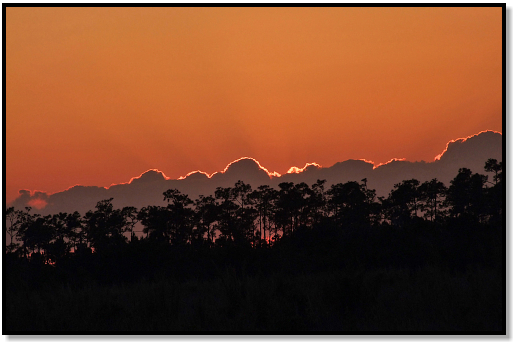

FLORIDA
May 2012

3 of 3


FLORIDA
May 2012


3 of 3
The Florida Keys have some cool endemics I’ve never seen, including the virtually ringless Key Ringneck Snake
(Diadophis punctatus acricus), hypomelanistic Rosy Corn Snakes (formerly Elaphe gutatta roscea), the rare Florida Keys
Mole Skink (Plestiodon egregius egregius), and the extremely elusive Rim Rock Crowned Snake (Tantilla oolitica).
Tim lives in the Keys, an area I’ve seldom visited and have never herped, so I eagerly take up his invitation to
spend a day exploring his extended backyard. The vistas of Florida Bay surround us in subtle variations of color and
composition; it’s hard to take my eyes off the horizon.
But Tim keeps me focused on our immediate habitat, and comes up with a great find practically beneath our
feet. Although I often see Northern Diamondback Terrapins, which are common along the Jersey shore, it’s a special
treat to see the rare subspecies found only in the Florida Keys.
For years Tim has been on a determined ― some would say admirably insane ― quest for oolitica. We spend the
morning in a vain attempt to turn one up, and the search ends without a hint of success. But a new area looks
promising, and Tim makes plans to return again. And again And again.
Still, I learn something new, so I’m not disappointed. I get the chance to dissect Tim’s technique, and to preview
the oolitica chapter of a book he’s writing about the challenging hunts he’s taken on throughout his life. Compelling
reading, and a fascinating insight into the mind and behaviors of a true master.
I benefit also from Tim’s persistence with another target. Having cracked the code for this species, he leads us
straight to a likely spot, and in minutes I’m admiring a rarely seen lifer.
.
Postscript:
In December I meet up with Tim again for another day of Keys herping. Together with my brother, Ron, we find
seven Corn Snakes, including my first-ever Rosy.
I’m really taken by how different these island Corns look from the mainland variety. Some are similar to a dark
Miami-phase, but with an indistinct spearhead marking, and less black outlining the saddles.
The classic Rosy Corn is smaller and more slender, with a longer head and larger eyes, and virtually no black at
all, not even the characteristic checker-boarding on the belly. The overall appearance is subtle, a low-contrast pattern
of pale orange gently blending with shades of olive-gray.
Returning to May:
Time to head back to the mainland, and I stop for a final hike at the site of our Yellow Rats and Corns. No
snakes this time around, but I am surprised by the sight of a gator basking on the roots of a strangler fig tree, relatively
far from water.
And speaking of gators . . .
Chris invites me to his alligator show, which gives me a chance to see another master at work.
Afterwards we return to the field for one last evening of herping.
Chris demonstrates just how sharp-eyed he is. On our first-day hike I managed to see several Rat and Corn
Snakes before he did, and he was momentarily impressed with my spotting skills. Ha. Nothing compared to his
ability, which proves itself to our great advantage this night.
He finds not one, but two different Scarlets on the crawl, small snakes I completely overlook as we walk along.
And the big find of the night ― in fact, the highlight of the entire trip ― was one I entirely missed.
I’m driving as we’re road cruising, when suddenly Chris calls out, “Coral!” I slam the brakes, Chris bails and
breaks into a run, sprinting back to where we passed the snake. It’s somewhere in the vegetation on the side of the
road, no longer visible, and Chris is scrambling to find it in the dark before it disappears for good. He gets a glimpse
in his flashlight, successfully prevents an escape, and somehow manages to persuade the snake to settle down for an
extended photo session. Only my second Eastern Coral, and only thanks to Chris.
It was a rewarding conclusion to a very satisfying trip, made more meaningful by finally getting back to the
Glades in spring. My gratitude to Chris and Tim for being such great hosts and herping companions.
Eastern Coral Snake
Micrurus fulvius

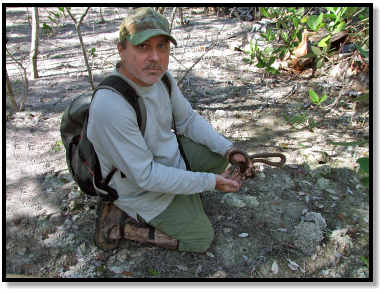
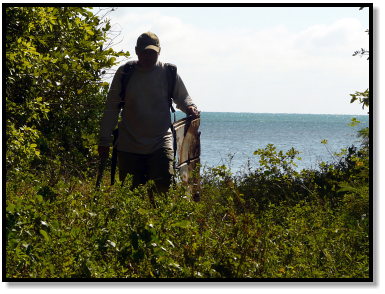

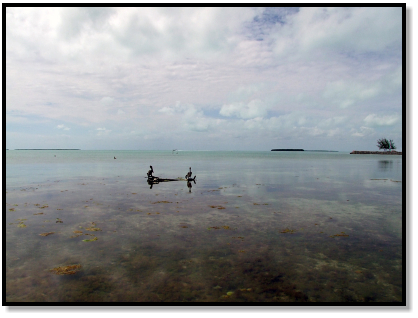
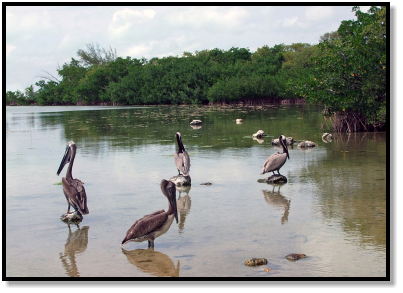
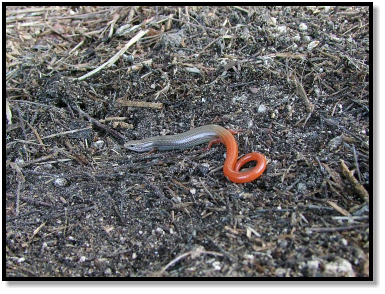
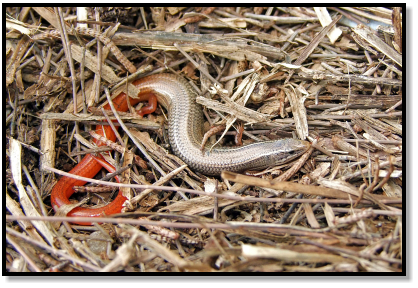
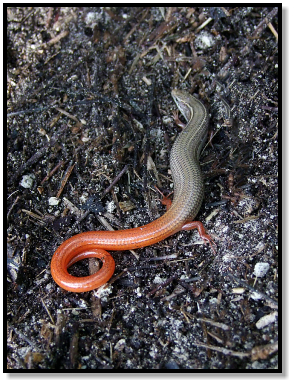
Mangrove Diamondback Terrapin
Malaclemys terrapin rhizophorarum
Florida Keys Mole Skink
Plestiodon egregius egregius
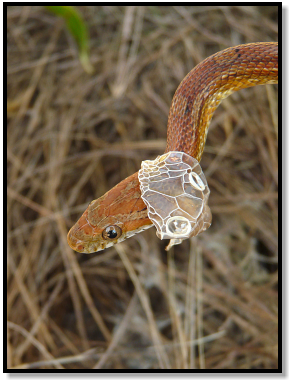

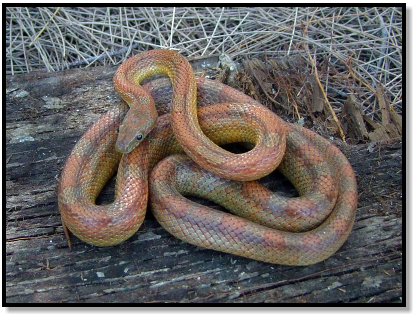
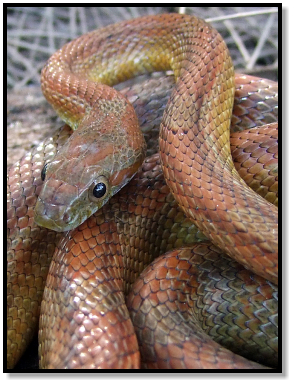
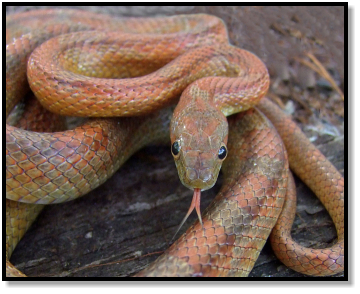



American Alligator
Alligator mississippiensis
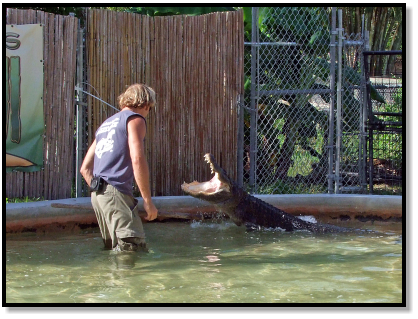
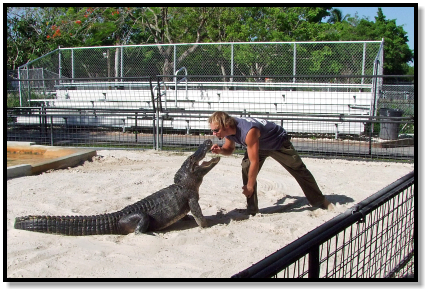
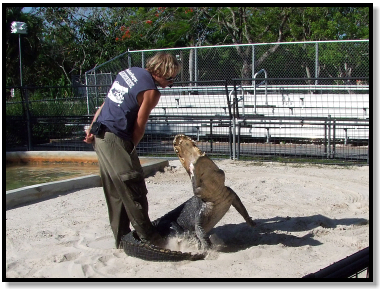
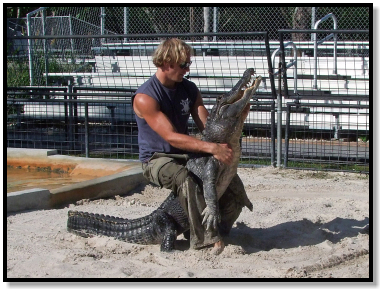

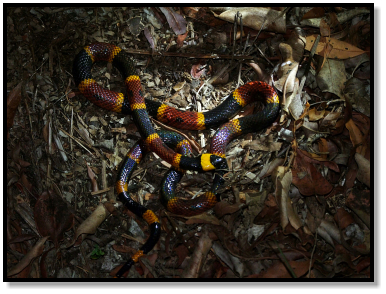
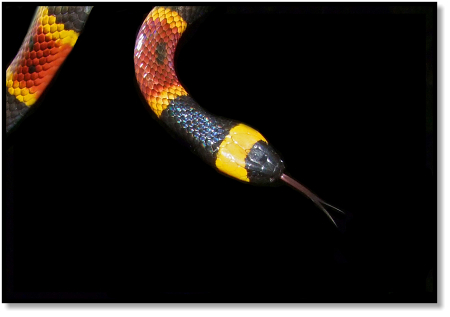
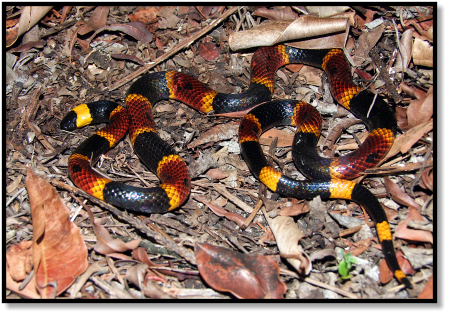
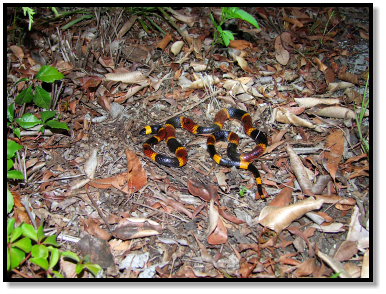
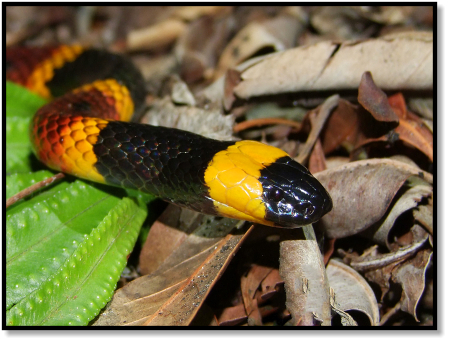
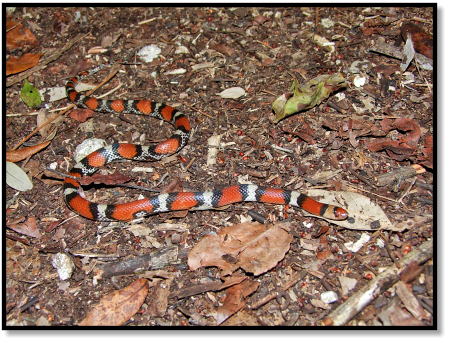
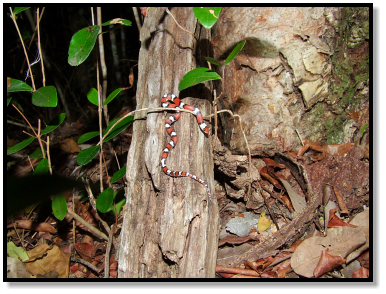
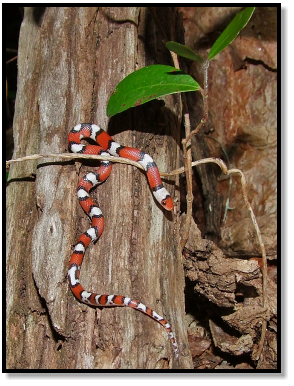
Southern Scarlet Snake
Cemophora coccinea coccinea
